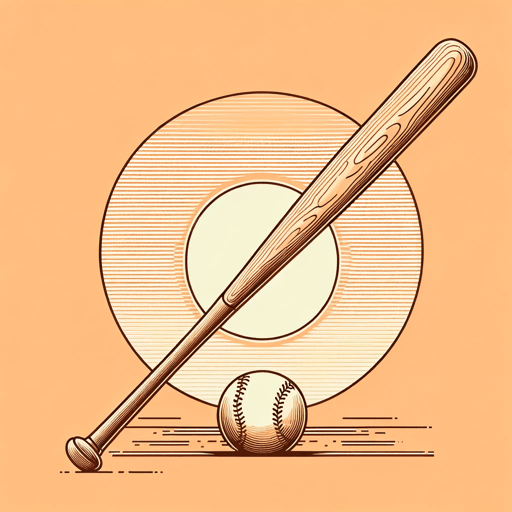21 pages • 42 minutes read
Ernest Lawrence ThayerCasey at the Bat
Fiction | Poem | Adult | Published in 1888A modern alternative to SparkNotes and CliffsNotes, SuperSummary offers high-quality Study Guides with detailed chapter summaries and analysis of major themes, characters, and more.
Literary Devices
Form
Ernest Lawrence Thayer’s subtitle defines the poem’s form: “A Ballad of the Republic.” The ballad form itself traces its roots to Medieval Europe when traveling minstrels would perform story-songs set to catchy melodies and to beats immediately inviting to an audience. Poetry was more theater. The intention of ballads was to entertain large companies of listeners using grand action-oriented plots, usually involving national heroes or figures from the myths and legends of Antiquity. Ballads used their larger-than-life heroes to teach tidy lessons about living a moral life, themes uncomplicated by irony or nuance. Here, for instance, the story of Casey’s strikeout would teach the danger of pride as Casey gets his long-overdue comeuppance.
To help appeal to a general reader, then, the form is reliable, regular, and apparent. “Casey” is executed in 13 (the number itself is a harbinger of Casey’s doom and Mudville’s misfortune) four-line stanzas, or quatrains. The rhyme scheme is clean and evident, each quatrain using two rhyming couplets.
The lines themselves are unusually long. They are self-contained; most of the lines move toward closing punctuation that is often a period but sometimes a semi-colon.

